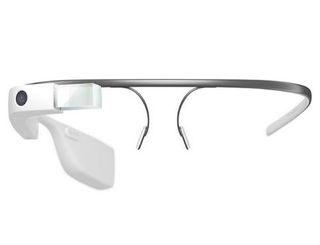Breaking Down Google Glass

Programmers and app developers, including Thuuz, have been experimenting with Google Glass, but it’ll still be some time before we know if Google’s pricey smart specs offer an angle to the pay-TV industry that is worth pursuing.
But a recently released teardown by IHS Technology does shed some light on what it costs, roughly, for Google to build the wearable devices.
The initial “Explorer” edition will set you back $1,500. According to IHS, the hardware and manufacturing costs of the head-mounted computer amount to just $152.47 ($132 for the bill of materials, plus $20 of manufacturing expenses), with the frame assembly ($22, titanium assumed), and the LCOS (liquid crystal on silicon) panel ($20) representing the highest-priced items on the list.
But IHS notes that the relatively small bill of materials doesn’t mean Google is pulling down 90% margins. There are lots of hidden costs that also factor into that price tag.
“As in any new product—especially a device that breaks new technological ground—the bill of materials (BOM) cost of Glass represent only a portion of the actual value of the system,” said Andrew Rassweiler, senior director, cost benchmarking services for IHS, in the company’s release describing the teardown. “IHS has noted this before in other electronic devices, but this is most dramatically illustrated in Google Glass, where the vast majority of its cost is tied up in non-material costs that include non-recurring engineering (NRE) expenses, extensive software and platform development, as well as tooling costs and other upfront outlays. When you buy Google Glass for $1,500, you are getting far, far more than just $152.47 in parts and manufacturing.”
I’ve had an opportunity to experiment with Google Glass a couple of times, and that price is still super steep for the value I see in it, not to mention the possibility of being labeled a “Glasshole,” though Google does helpfully offer some do’s and don’ts for the wearable computing platform.
Multichannel Newsletter
The smarter way to stay on top of the multichannel video marketplace. Sign up below.
